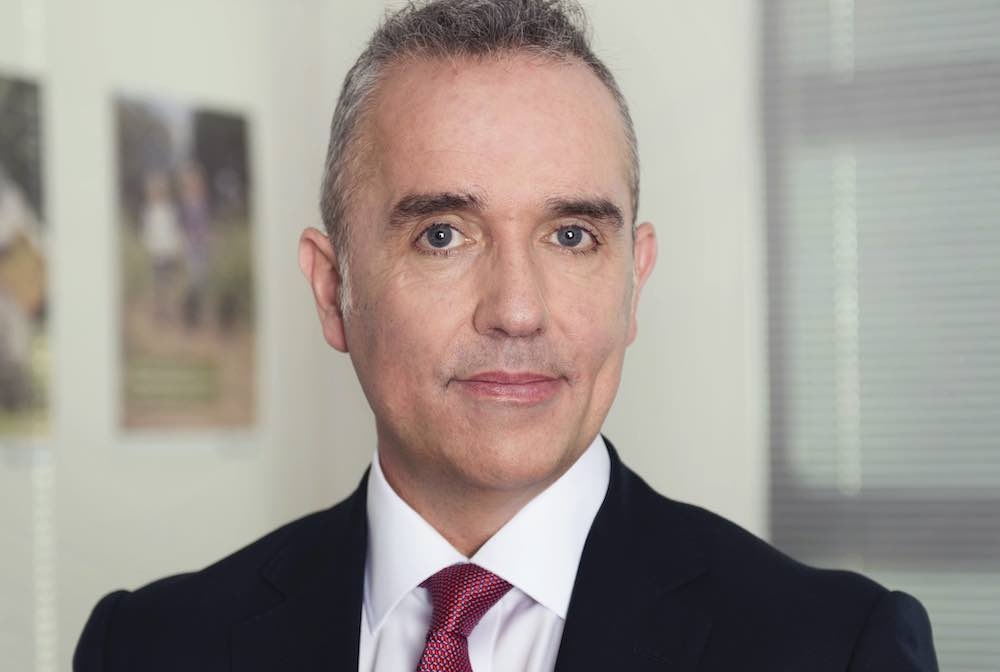The inheritance tax take for 2022-23 to the end of February stands at £6.4bn, exceeding the £6.1bn the Treasury received during the whole of the 2021-22 financial year.
IHT receipts for February totalled £531m.
The record-breaking IHT haul follows last week’s revision by the OBR of future IHT takes, with estimates that between 2022-23 and 2027-28, the Treasury will receive nearly £3bn more than was previously forecast at the November statement.
The projected total IHT tax take by 2027-2028 sits at £45bn, up from previous estimates of £42.1bn.
By 2027-28, it is estimated that 6.7% of deaths – around 47,000 deaths – will trigger an inheritance tax charge, up from an estimated 4.1% in 2020-21.
Stephen Lowe, group communications director at retirement specialist Just Group, said: “The Treasury appears to be banking on ever greater receipts from inheritance tax.
“Buried in the small print of the Spring Budget was confirmation that the government expects to scoop up nearly an extra £3bn from inheritance tax over the next six years.”
He said the Chancellor is benefitting from the pincer movement of recent rises in property prices and frozen thresholds.
Shaun Moore, tax and Financial Planning expert at Quilter, said: “Given house prices are still yet to see the dramatic fall predicted, far more people who may not consider themselves wealthy could be caught by the IHT net as their property value has grown significantly in recent years.”
Laura Hayward, tax partner at Evelyn Partners, pointed out that even though there were no significant changes to the IHT charging regime in last week’s Budget, “the overall silence in this area shouldn’t be taken that the IHT pain on families is being eased.”
She said the scrapping of the lifetime allowance for pensions in last week’s Budget will greatly increase the IHT breaks available for people with wealth to pass down to the next generation, as pensions are generally exempt from IHT.
She added: “Therefore pensions could now be considered a vehicle for tax efficient death planning, without any intention of ever drawing the money out.”

